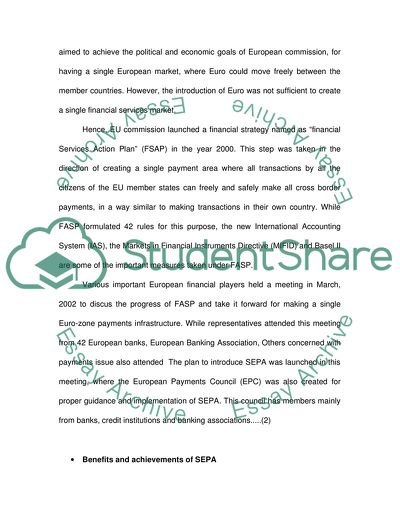Cite this document
(What is Single Euro Payments Area Case Study Example | Topics and Well Written Essays - 2500 words, n.d.)
What is Single Euro Payments Area Case Study Example | Topics and Well Written Essays - 2500 words. Retrieved from https://studentshare.org/finance-accounting/1722816-what-is-sepa
What is Single Euro Payments Area Case Study Example | Topics and Well Written Essays - 2500 words. Retrieved from https://studentshare.org/finance-accounting/1722816-what-is-sepa
(What Is Single Euro Payments Area Case Study Example | Topics and Well Written Essays - 2500 Words)
What Is Single Euro Payments Area Case Study Example | Topics and Well Written Essays - 2500 Words. https://studentshare.org/finance-accounting/1722816-what-is-sepa.
What Is Single Euro Payments Area Case Study Example | Topics and Well Written Essays - 2500 Words. https://studentshare.org/finance-accounting/1722816-what-is-sepa.
“What Is Single Euro Payments Area Case Study Example | Topics and Well Written Essays - 2500 Words”, n.d. https://studentshare.org/finance-accounting/1722816-what-is-sepa.


